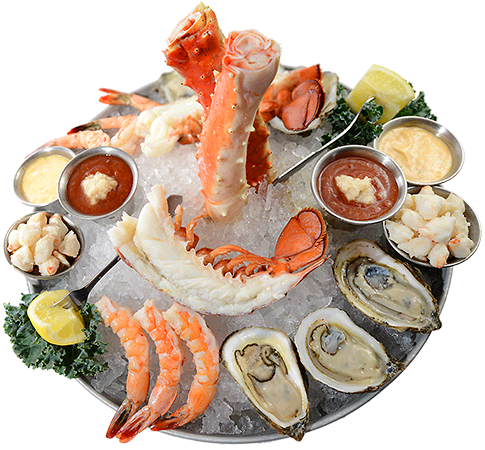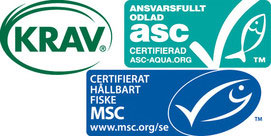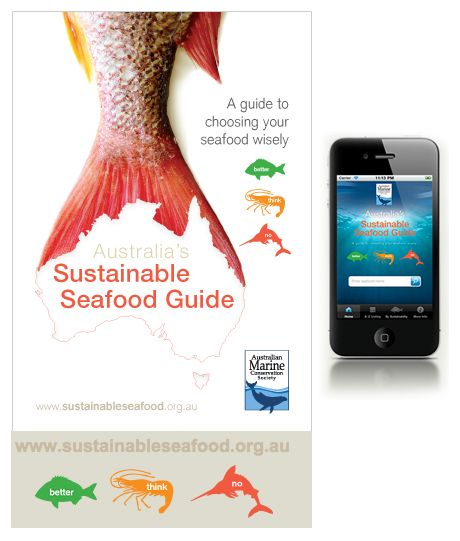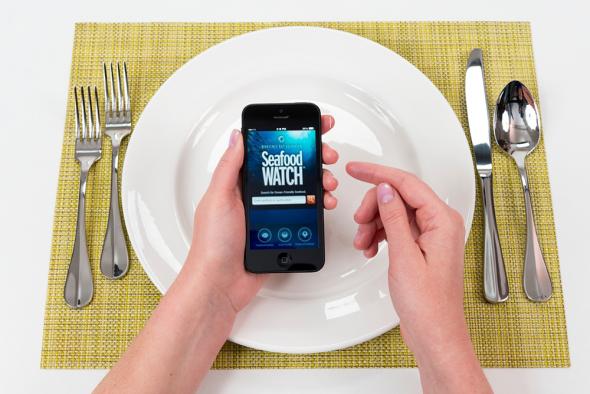
Eating fish is a smart choice. It’s a lean protein with great health benefits. But sometimes fish can be bad for you, and sometimes it’s bad for the environment. Seafood can be contaminated with high amounts of mercury and PCBs, causing ill health effects.
And many varieties of seafood have been overfished or caught in ways that may cause lasting damage to our oceans and marine life.
By paying close attention to the type of seafood you eat, you can help the next generations to come.
What is sustainable seafood?
Sustainable seafood can be defined as species that are caught or farmed in a way that ensures the long-term health and stability of that species, as well as the greater marine ecosystem.
h
Here are six basic rules to make smart seafood shopping choices
h
* Eat lower on the food chain
Smaller fish tend to be more plentiful and better for your health because they contain less mercury. Great small seafood choices include squid, oysters, mackerel, sardines and mussels.
* Know how it’s caught
There are more and less sustainable methods for harvesting fish. Know what method was used to catch the fish you choose to eat. Hook and line is a low-impact method of fishing that does no damage to the seafloor and lets fishermen throw back unwanted species, usually in time for them to survive. Intelligently designed traps are also good since they have doors that allow young fish to escape.
* Eat local
You’re usually better off eating the local variety of a particular type of fish instead of its counterpart from across the country or another part of the world, unless that species has been depleted in local waters. Even out of season, the local fish that has been frozen is preferable, since fresh fish must be transported by air, the most energy-intensive method of shipping.
* Look for the label
The Marine Stewardship Council certifies seafood that is caught or raised in a sustainable, environmentally friendly manner. Items that meet its criteria are marked with a MSC-certified label like the one shown here.

Photo: Marine Stewardship Council
Swedish labels:
* Frozen or fresh, canned or pouch?
Lots of fish, shrimp in particular, freezes well. According to chef, Peter Pahk, freezing at sea, using a process perfected by the Japanese, protects the inherent quality of the fish. And, compared to fresh, frozen foods have lower transportation costs and CO2-emissions, as they don’t need to be air-shipped.
Be careful when buying canned seafood, as cans often are lined with a BPA-plastic coating. Look for seafood packed in shelf-stable, flexible pouches, as this is the environmentally preferable packaging.
* Buy from trusted retailers
Certain businesses have set higher standards for the seafood they sell in their stores.
If you dont know your sea food, down load this app for example…
WWF, made a sea food guide.. cool huh? check your country and get to know your sea food!
- Austria seafood guide
(German – link to web page with link to download the PDF) - Belgium seafood guide
(French – link to web page with link to download the PDF)
(Dutch – link to web page with link to download the PDF ) - Denmark seafood guide
(Danish – link to web page with link to download the PDF) - Finland seafood guide
(Finnish – link to web page with link to download the PDF) - Germany seafood guide
(German – link to web page with link to download the PDF & Smartphone app) - Hong Kong seafood guide
(English & Chinese, PDF) - Indonesia seafood guide
(Indonesian, PDF and Blackberry app) - Italian seafood guide
(Italian, PDF) - Malaysia seafood guide
(Bahasa, PDF and English, PDF and website: Save Our Seafood) - Netherlands seafood guide
(Dutch – link to website with iphone and Android app, and more) - Norway seafood guide
(Norwegian, link to website, app can be downloaded here) - Poland seafood guide
(Polish, link to web page with link to download the PDF) - Russia seafood guide
(Russian, PDF) - Singapore seafood guide
- Spain seafood guide
(website: Guía de consumo responsable de pescado) - WWF South Africa sustainable seafood guide
Southern Africa Sustainable Seafood Initiative (SASSI) - Sweden seafood guide
(Swedish – link to web page with link to download the PDF and iPhone and Android Apps) - Switzerland seafood guide
German online version
French online version
Italian online version
SAVE THE OCEAN





